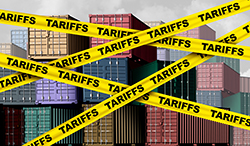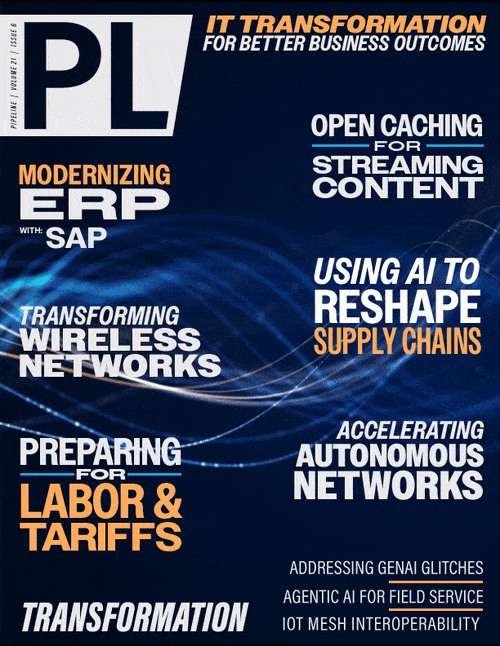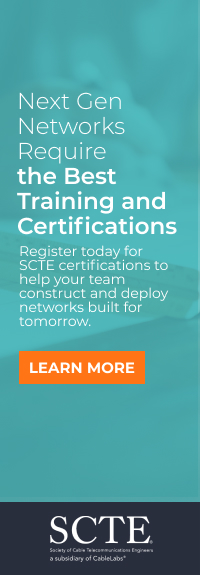How U.S. Manufacturers Are Combating
Labor Shortages in a Tariff-Driven Market
By: Dijam Panigrahi

As the U.S. manufacturing sector faces new challenges in workforce recruitment and retention, a technological evolution is quietly reshaping the industry landscape. With approximately 13 million people employed in U.S. factories, the sector remains a cornerstone of the American economy. However, the industry is dealing with a persistent labor shortage that threatens to undermine its growth potential and global competitiveness.
Significant Labor Challenges
Recent data paints a stark picture of the challenges facing these companies. For most of 2024, the gap between manufacturing job openings and hirings has consistently hovered around 100,000 positions. This shortfall is not merely a temporary blip but a structural issue that has persisted even as other sectors, such as transportation and warehousing, have largely recovered from pandemic-era labor shortages.
The National Association of Manufacturers reports that more than 60 percent of employers in a recent survey cited attracting and retaining talent as a top concern. Looking ahead, the trade group forecasts an even more daunting challenge: the need to fill 3.8 million roles over the next decade, driven by both retiring workers and growing manufacturing demand.
Where Manufacturers Are Leveraging Emerging Tech
In the face of these labor market headwinds, U.S. manufacturers are increasingly turning to technology as a lifeline. The adoption of advanced technologies is not just a stopgap measure but a strategic imperative that is reshaping the very nature of manufacturing work. Virtualized technologies such as Augmented Reality (AR), Virtual Reality (VR), and automation, including advanced robotics, are emerging as key solutions to bridge the labor gap while simultaneously driving productivity and innovation.
Automation and advanced robotics are at the forefront of this modernization. By taking over repetitive, dangerous, and labor-intensive tasks, these technologies are allowing companies to maintain production levels and fulfill customer orders even with fewer workers. For instance, the implementation of robotics in manufacturing processes can increase productivity and reduce the risk of worker injuries, addressing two critical challenges simultaneously.
This shift is not about replacing human workers wholesale but rather about optimizing the workforce and redirecting human talent to higher-value tasks that require creativity, problem-solving, and strategic thinking.
The integration of Artificial Intelligence (AI) and Machine Learning (ML) into manufacturing processes is further amplifying the impact of automation. These technologies are being leveraged to analyze vast amounts of data, identify patterns, and optimize processes in ways that were previously unimaginable. By enhancing decision-making and predictive maintenance capabilities, AI and ML are not only improving efficiency but also creating new roles for workers who can manage and interpret these advanced systems.
Workforce Training & Skills Development
AR/VR solutions are playing a new role in workforce training and skill development. These immersive technologies are reshaping how manufacturers onboard new employees and upskill their existing
workforce. AR and VR provide realistic, hands-on




















